3. Clinical Skills Handbook
1/25
Earn XP
Description and Tags
Week 1 Anatomy
Name | Mastery | Learn | Test | Matching | Spaced |
|---|
No study sessions yet.
26 Terms
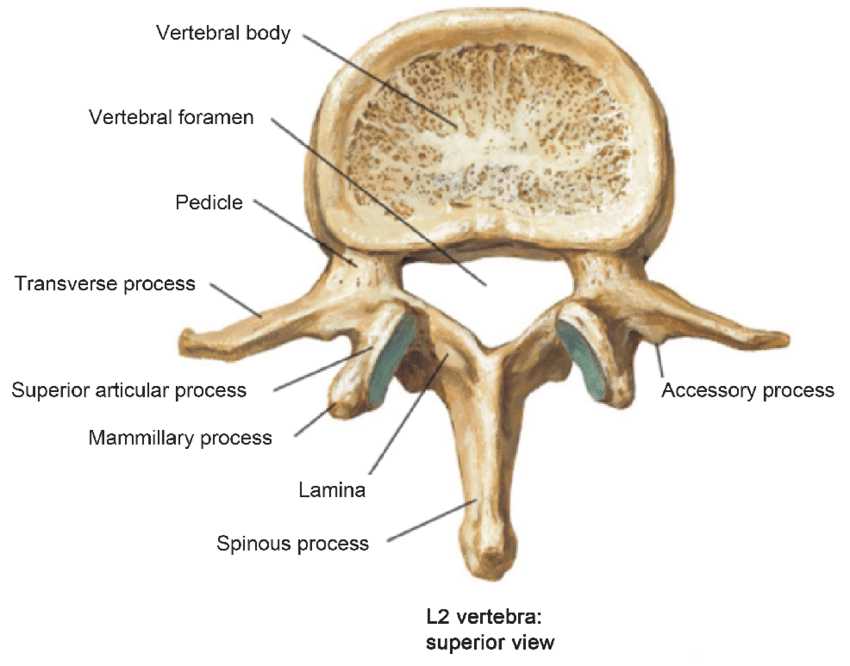
Don’t get cocky….
Palpate the Spinous process + transverse process + vertebral foramen
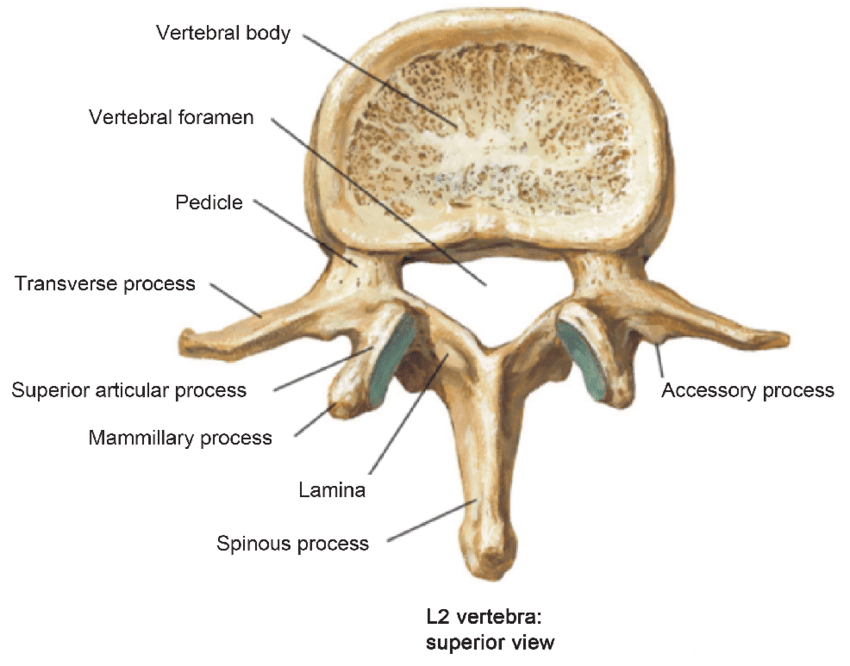
The pedicle connects the body and transverse process
The Lamina connects the spinous and transverse process
Show the Lumbar Spine Vertebra - Body, Pedicle and Lamina
What does the pedicle connect?
What does the Lamina connect?
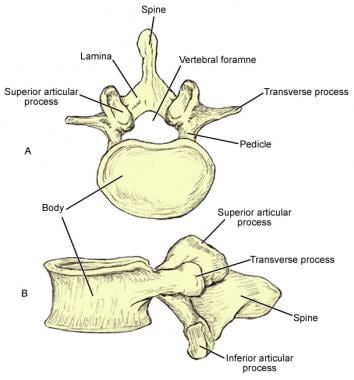
Superior articular facet: postero-medially
Inferior articular facet: antero-laterally
Palpate the articular processes + name them
what are their facings?
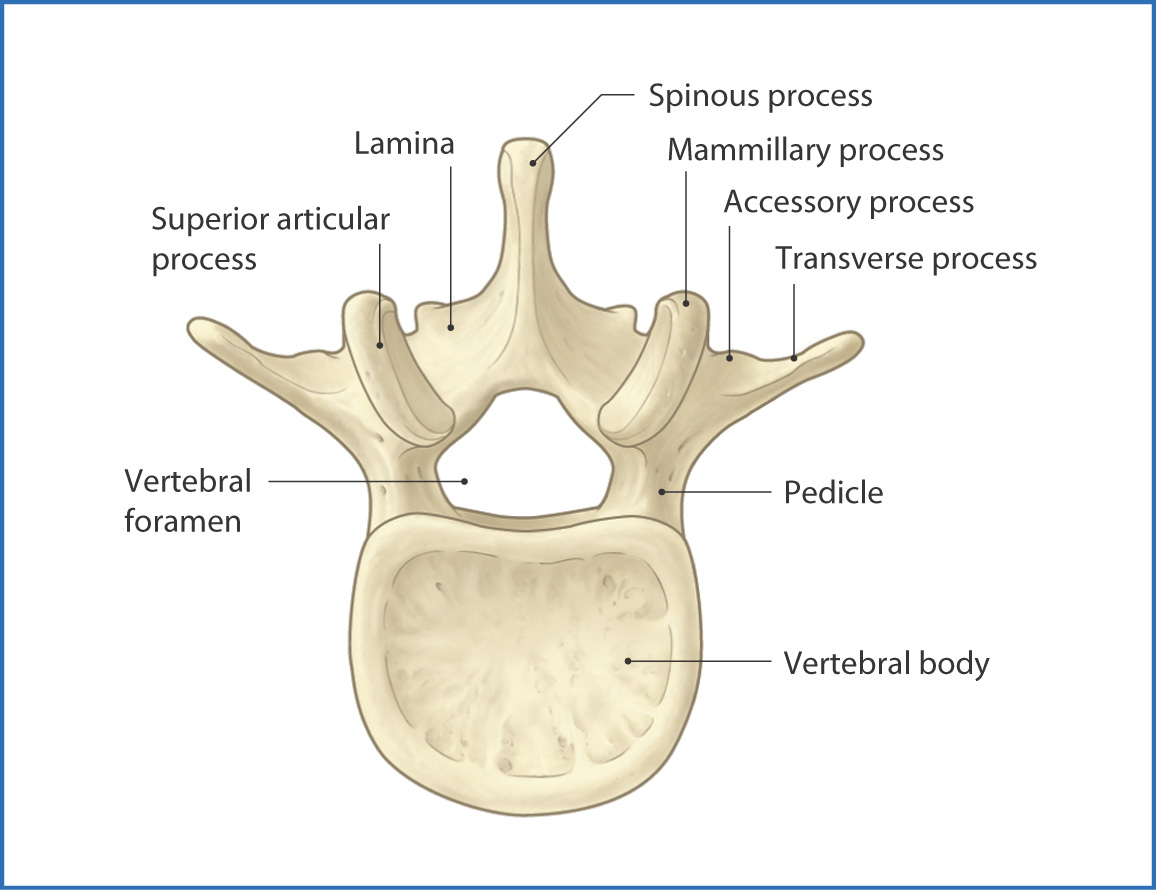
Mamillary - posterior aspect of the superior articular process
Accessory - posterior aspect of the transverse process (on its body)
Palpate and name the locations of the:
Mamillary process
Accessory process
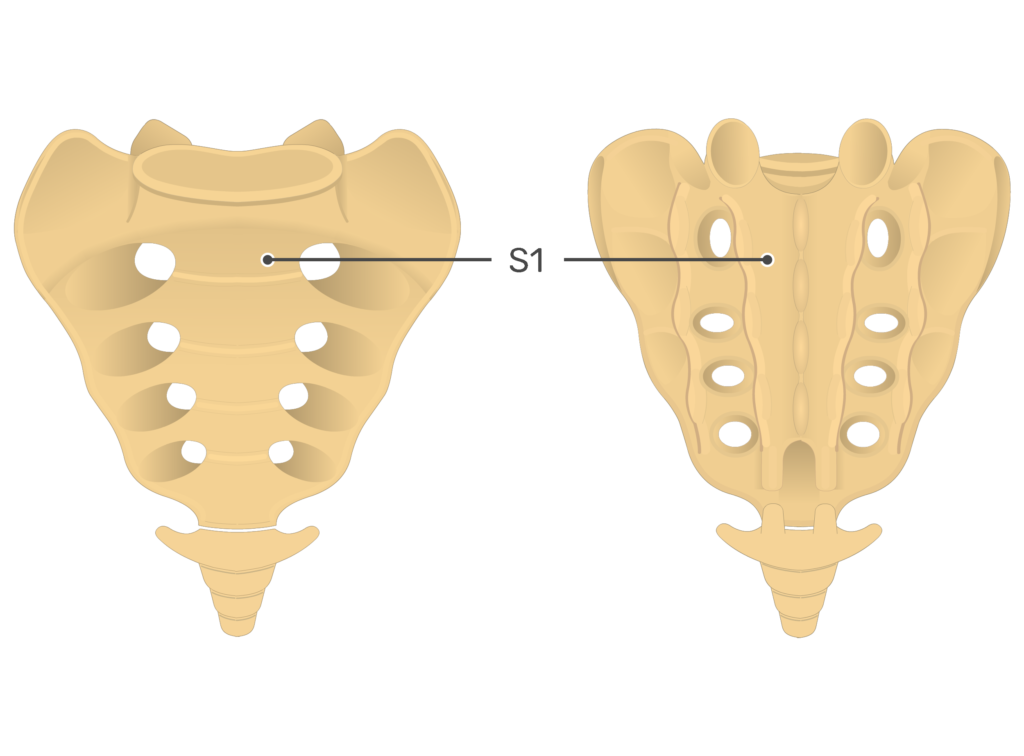
Rough posterior, smooth anterior
Palpate the anterior + posterior aspects of the sacrum
Describe the surface types
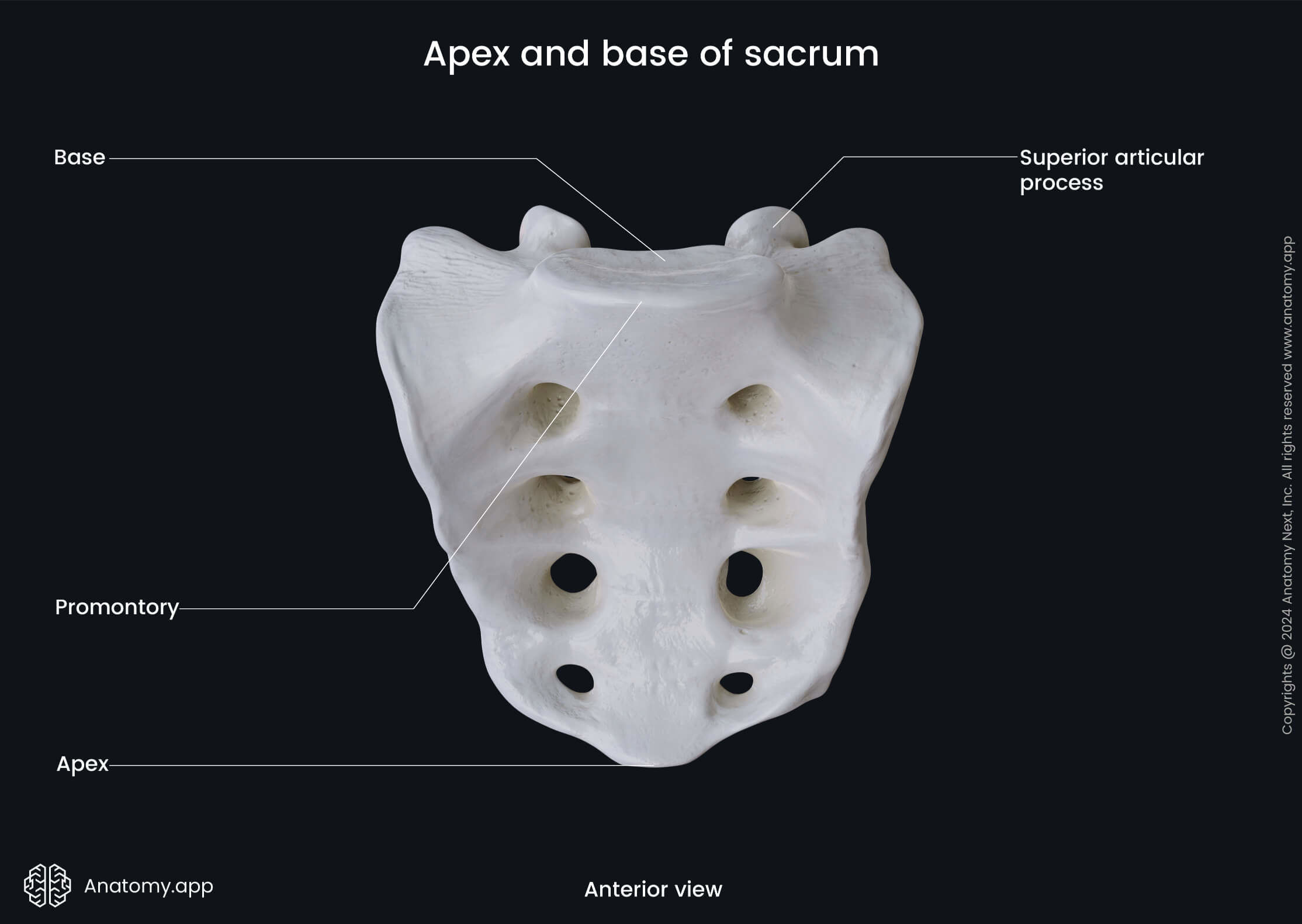
Base: with L5 to make the lumbosacral joint
Apex: with coccyx - Sacrococcygeal joint
Palpate apex and base of the sacrum
What do they each articulate with?
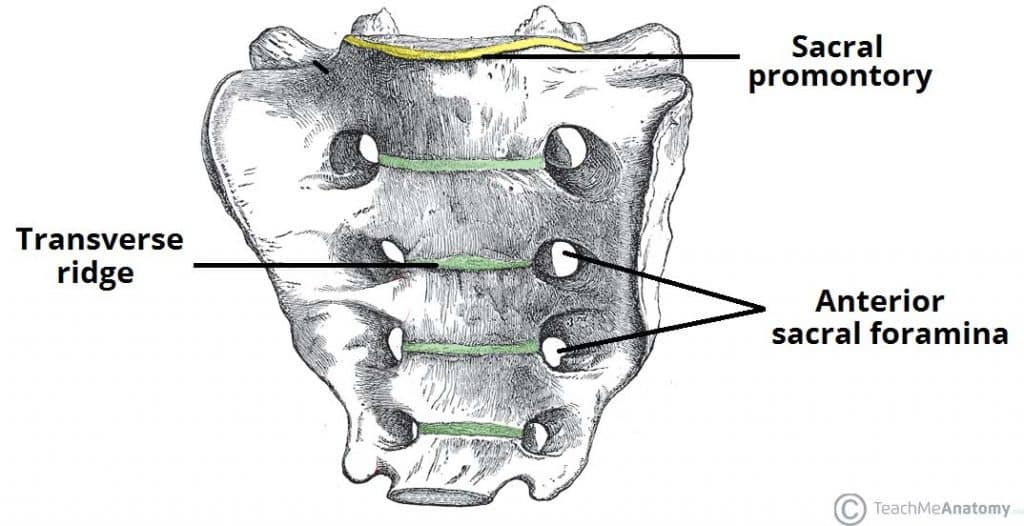
Palpate the:
Sacral promontory
Anterior + posterior foramina
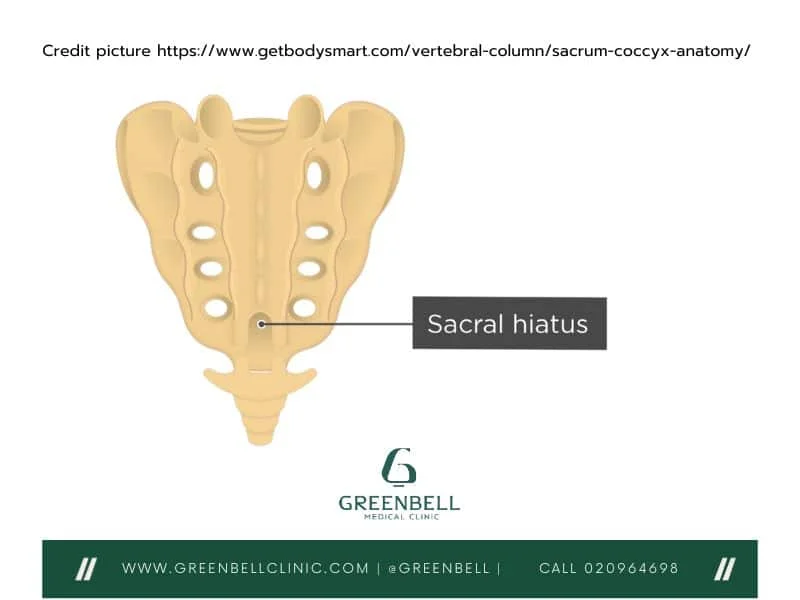
Cauda equina emerges from here!
Palpate the Sacral Hiatus
what exits from here?
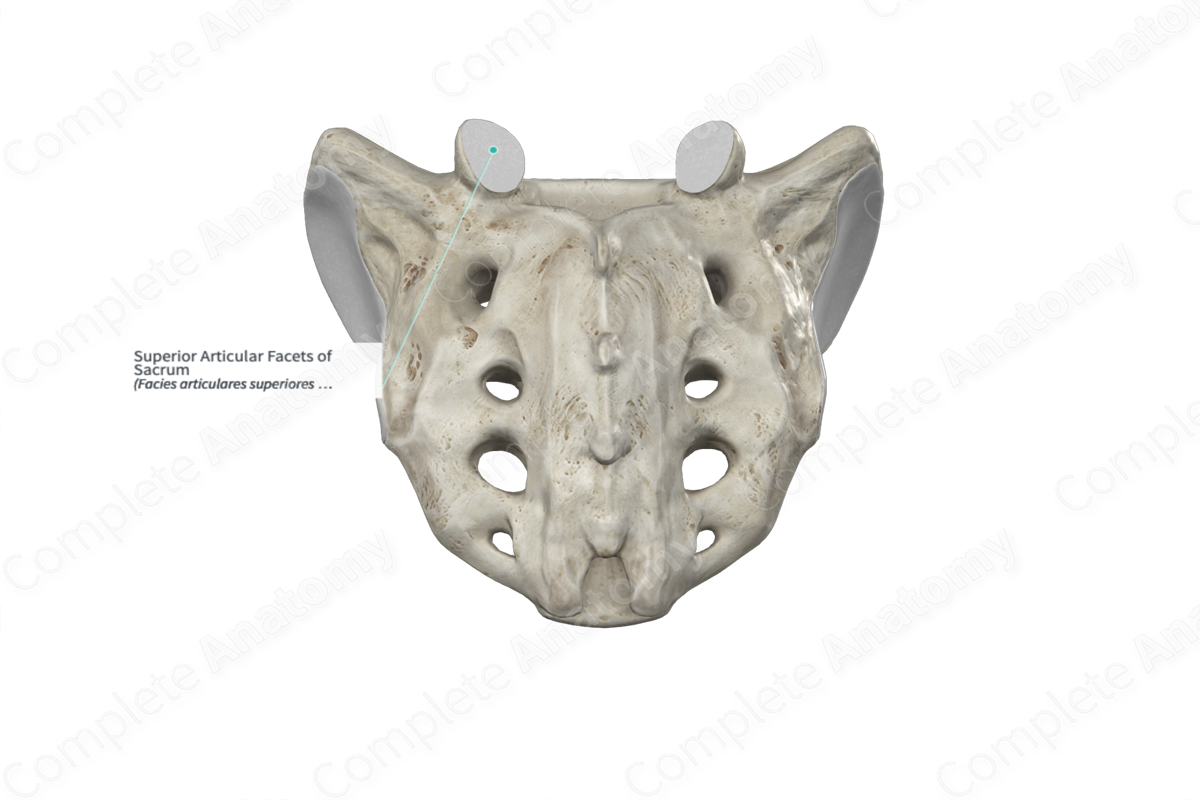
Articulates with: Inferior articular facet of L5
Palpate - Superior articular facet
Articulates with?
Find the last rib and move to the spinous process just below it to locate the T12 vertebra. Then move inferior again onto L1
Palpate the top of the iliac crests, then move medially to find the L4 (or L4/5 space) spinous process, which is traditionally found at this level.
find the PSIS and move centrally to locate the S2 level.
SURFACE ANATOMY:
Palpate spinous process L1-5
from ribs
from iliac crest
from PSIS
To locate the transverse process in the lumbar spine, find the spinous process and then move 2-3 cm laterally and slightly superior.
Palpate transverse processes L1-5
Using the palm of your hand, identify the kyphotic curvature of the sacrum.
Palpate Sacrum/ Coccyx
Observe for “dimples” at the lumbosacral junction. Otherwise, find the iliac crest and palpate all the way posterior until you feel the prominent PSIS.
Palpate PSIS
At midline, find the most inferior rib. Palpate all the way back towards its articulation with the 12th vertebra.
Palpate 12th Rib
Palpate the most inferior part of the sternum, at the junction of the anterior ribs and costal cartilages.
Palpate Xiphisternum
Please be mindful of palpation over breast tissue.
Starting from superior, palpate the medial clavicle. The first rib sits posterior to the clavicle so you will not be able to palpate it easily. Inferior to the clavicle you will palpate the 2nd rib and adjacent costal cartilage and so on. Inferiorly, the costal cartilage of ribs 6-10 will attach to the inferior position of the sternum.
Palpate Anterior ribs and CC’s
Palpate along the iliac crest to its most anterior and prominent point.
Palpate ASIS
ASIS - instruct patient to bring hand onto pubic bone (in laymans) - it’s the strong ligamentous band between them
Palpate Inguinal Ligament
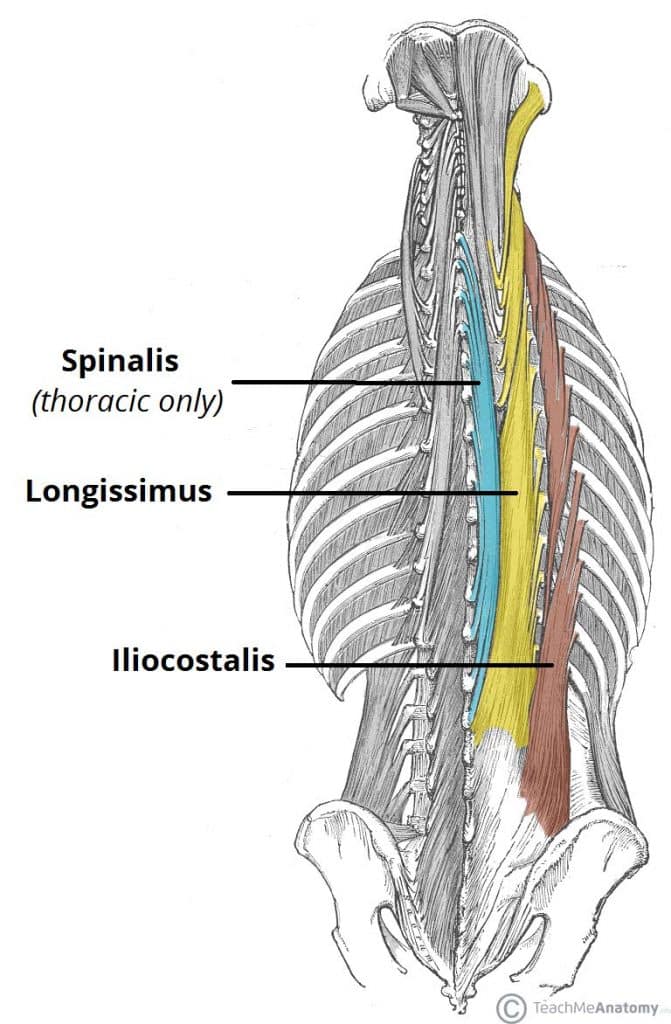
Iliocostalis, longissimus, spinalis (lateral to medial)
Back extensors
MUSCLE IDENTIFICATION:
Erector Spinae - name 3, palpate 2 and show their action
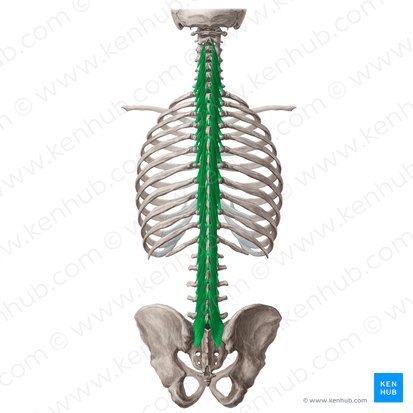
Deep to ES - at lower lumbar levels and creating additional lordosis it will fire
Palpate Multifidus - show action
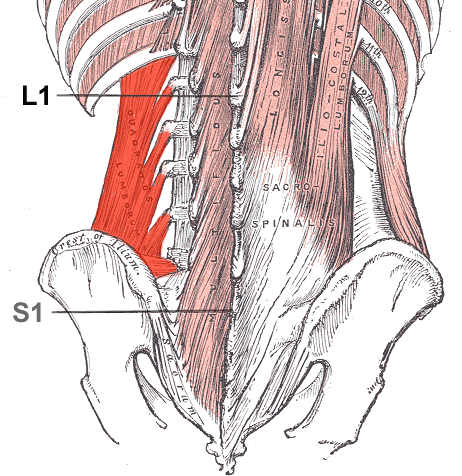
Palpate the 12th rib and the iliac crest. Place your fingers between these landmarks and palpate towards the spine.
Ask the model to laterally flex to activate.
Palpate Quadratus Lumborum + show action
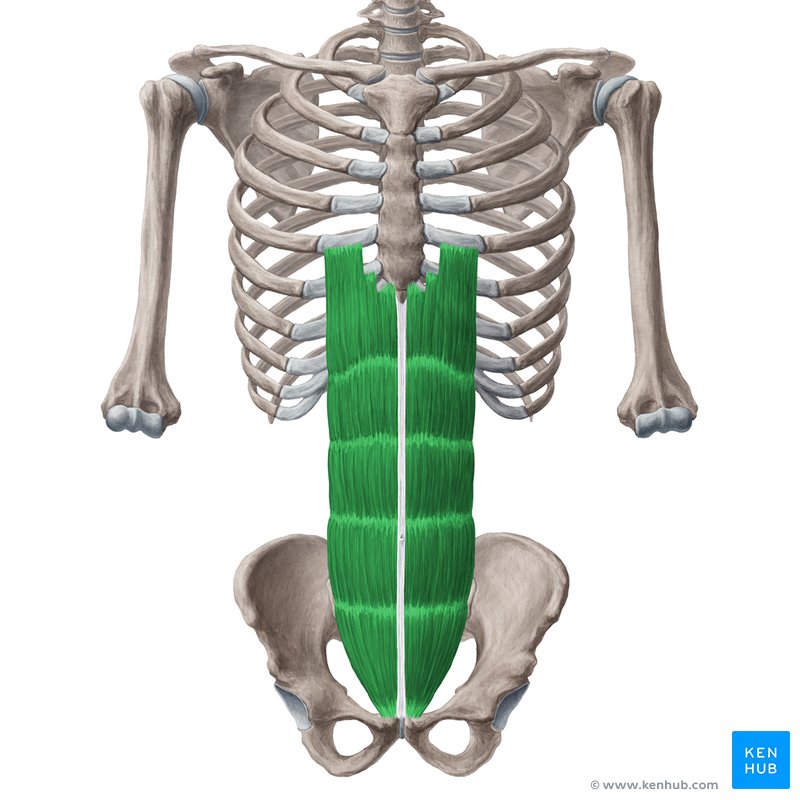
The most superficial abdominal wall muscle (“6 pack”).
Activate by doing an abdominal curl.
Palpate Rectus Abdominus + Action
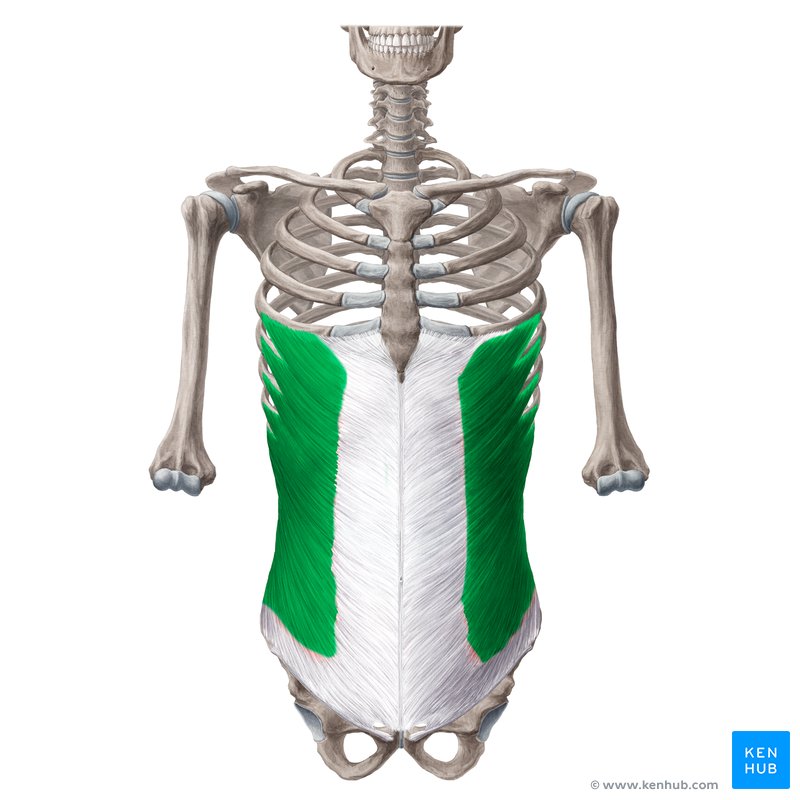
Palpate these fibers lateral to the Rec Abs
Active these muscle groups by rotating the trunk contralaterally.
Palpate External Oblique + Action
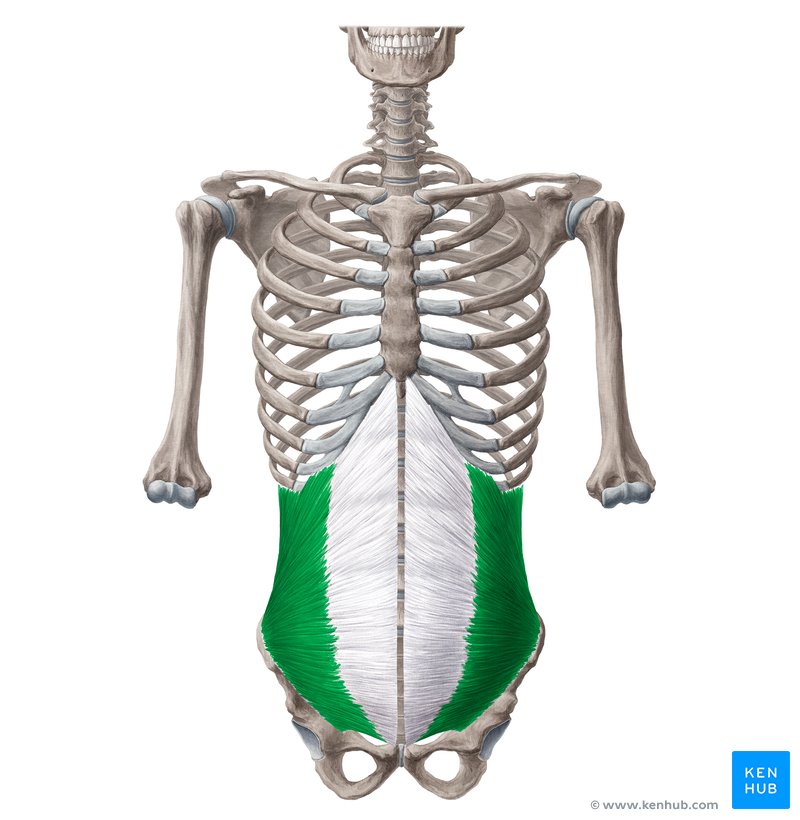
The internal oblique is deep to EO and the fibers run in the opposite direction
Active these muscle groups by rotating the trunk ipsilaterally.
Palpate Internal Oblique + Action
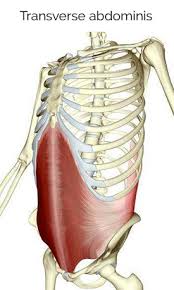
You may palpate inferior and medial to the ASIS. (Deepest layer of abdominal muscles)
Activate by isolating a drawing in of the abdominal wall. (Tight belt)
Palpate Transverse Abdominus + Action
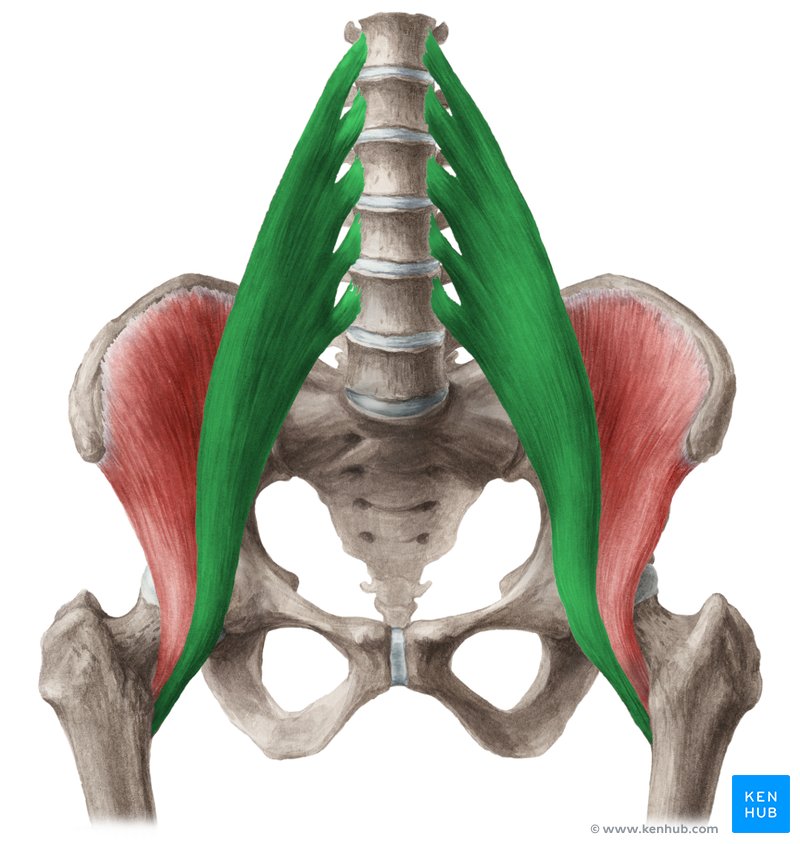
Bring the hip into 90 degree hip flexion and resist hip flexion - palpating inferiorly and medially to ASIS
Action is hip flexion
Palpate Psoas Major + Action